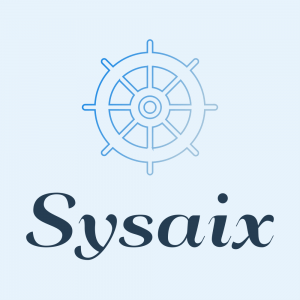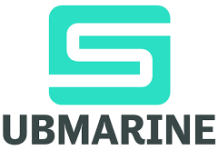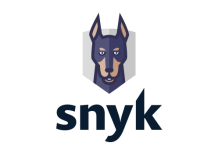
trivy is a tool developed by Aqua Security that can be used to scan container images for vulnerabilities. It is not a tool specifically designed for signing and verifying container images, but it can be used in conjunction with such tools to help ensure the security of containerized applications.
trivy uses a database of known vulnerabilities to scan container images and identify any vulnerabilities that may be present. It can be run from the command line and integrates with a variety of container registry services, making it easy to use in a variety of environments.
While trivy is not a tool specifically designed for signing and verifying container images, it can be a useful tool for improving the security of containerized applications by identifying and addressing vulnerabilities. It can be used in combination with tools like cosign or notary to provide a comprehensive security solution for containerized applications.
Here is an example of using trivy to scan a container image for vulnerabilities:
trivy image IMAGE_NAMEThis command will scan the container image specified by IMAGE_NAME for vulnerabilities and report any vulnerabilities that are found.
For example, to scan an image located on Docker Hub, you can use a command like this:
trivy docker://docker.io/library/alpine:latestYou can also specify the --severity option to limit the output to vulnerabilities of a certain severity level or higher. For example, to only show high severity vulnerabilities, you can use a command like this:
trivy --severity HIGH image IMAGE_NAMEtrivy also supports a number of other options that allow you to customize the behavior of the scan. For example, you can use the --cache option to enable caching of scan results, or the --ignore-unfixed option to ignore unfixed vulnerabilities in the scan.
Here are a few more examples of using trivy to scan container images for vulnerabilities:
Scanning an image from a private registry
To scan an image from a private registry, you can use a command like this:
trivy registry://REGISTRY_URL/IMAGE_NAME:TAGFor example, to scan an image located at registry.example.com/myimage:latest, you can use a command like this:
trivy registry://registry.example.com/myimage:latestScanning multiple images at once
To scan multiple images at once, you can specify multiple IMAGE_NAME arguments on the command line. For example, to scan two images located on Docker Hub, you can use a command like this:
trivy docker://docker.io/library/alpine:latest docker://docker.io/library/nginx:latestScanning an image and writing the results to a file
To scan an image and write the results to a file, you can use the --output option and specify the path to the output file. For example, to scan an image located on Docker Hub and write the results to a file named results.json, you can use a command like this:
trivy --output results.json docker://docker.io/library/alpine:latestThere are a number of tools that can be used in conjunction with trivy to improve the security of containerized applications. Some examples include:
anchore:anchoreis a tool that can be used to scan container images for vulnerabilities and other security issues. It integrates with container registry services and provides a web-based user interface for managing and analyzing scan results.clair:clairis an open-source tool developed by CoreOS that can be used to scan container images for vulnerabilities. It integrates with container registry services and provides a REST API for accessing scan results.nexPloit:nexPloitis a tool developed by NeuVector that can be used to scan container images for vulnerabilities and other security issues. It integrates with container orchestration platforms, such as Kubernetes, and provides a web-based user interface for managing and analyzing scan results.
These are just a few examples of tools that can be used in conjunction with trivy to improve the security of containerized applications. There are many other options available, each with their own unique features and capabilities. It is important to carefully evaluate the needs of your organization and choose the tools that best meet your specific requirements.







